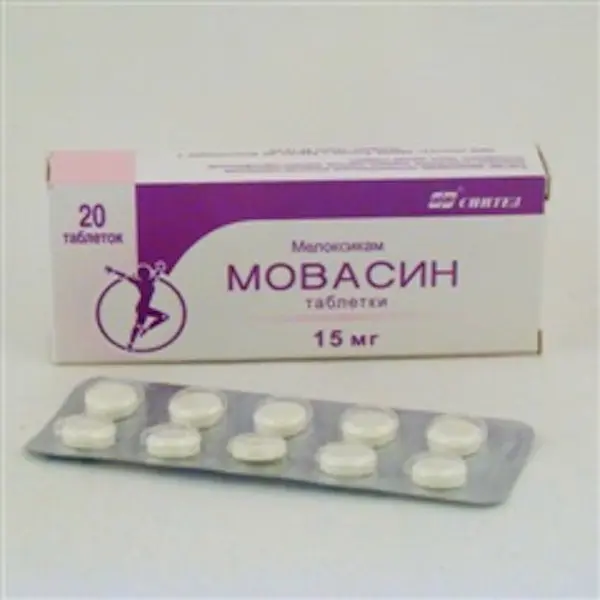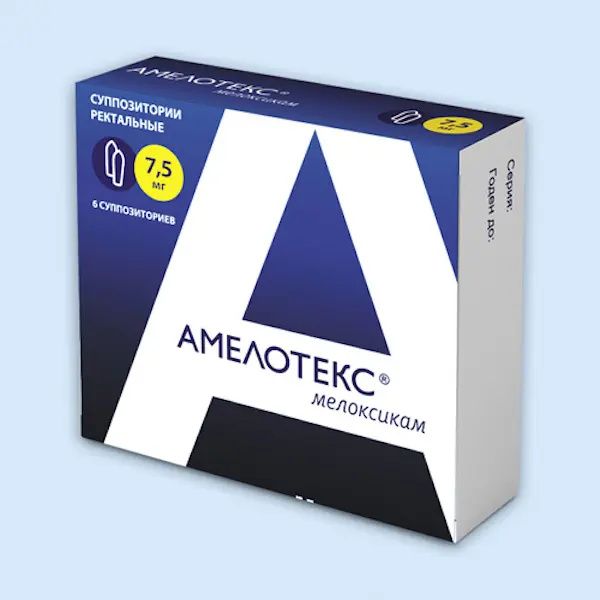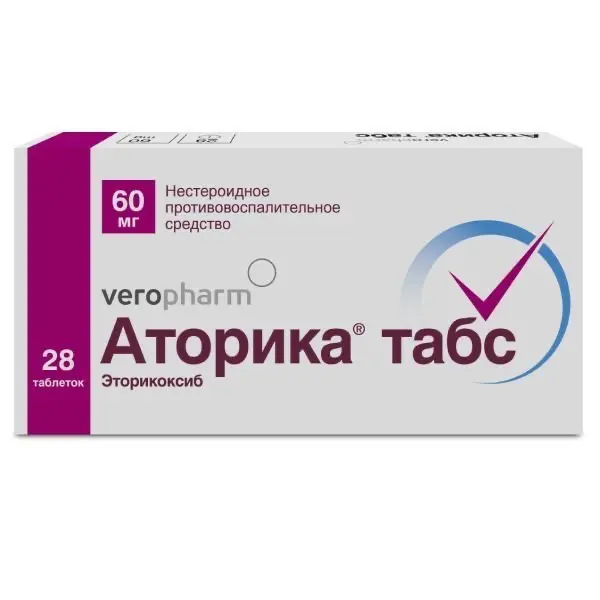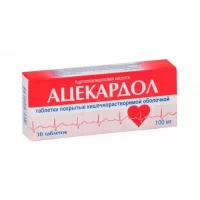Description
Movasin Pharmacodynamics
NSAID. It has anti-inflammatory, antipyretic and analgesic effect. The mechanism of anti-inflammatory action is associated with inhibition of COX-2 enzymatic activity, which is involved in the biosynthesis of prostaglandins in the area of inflammation. To a lesser extent, meloxicam acts on COX-1, which is involved in the synthesis of prostaglandins that protect the gastrointestinal mucosa and are involved in the regulation of blood flow in the kidneys.
Indications
Symptomatic treatment of rheumatic diseases accompanied by pain syndrome, including:
– osteoarthritis;
– rheumatoid arthritis;
– Ankylosing spondylitis (Behterew’s disease).
Contraindications
– Aspirin” bronchial asthma;
– Gastric and duodenal ulcer in the acute phase;
– Bleeding of various origins (including gastrointestinal, cerebrovascular);
– severe renal failure (if hemodialysis is not carried out);
– Severe hepatic insufficiency;
– severe heart failure;
– children under 15 years of age;
– pregnancy;
– lactation (breast-feeding);
– Hypersensitivity to the drug components.
Caution should be exercised when using the drug in elderly patients and patients with a history of gastrointestinal erosive and ulcerative lesions.
Dosage and administration
- The drug is taken once / during the meal.
- Recommended dose for rheumatoid arthritis is 15 mg/; depending on the therapeutic effect, the dose can be reduced to 7.5 mg/.
- In osteoarthritis, the drug is prescribed at a dose of 7.5 mg/; if there is no effect, the dose may be increased to 15 mg/
- In ankylosing spondylitis the daily dose is 15 mg. The maximum daily dose should not exceed 15 mg.
- In patients with an increased risk of side effects, as well as in patients with severe renal impairment who are on hemodialysis, the dose should not exceed 7.5 mg/
- In patients with impaired renal function (CKD > 25 ml/min) dosing regimen adjustment is not required.





